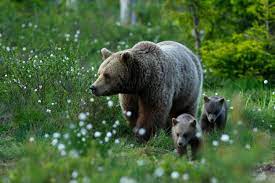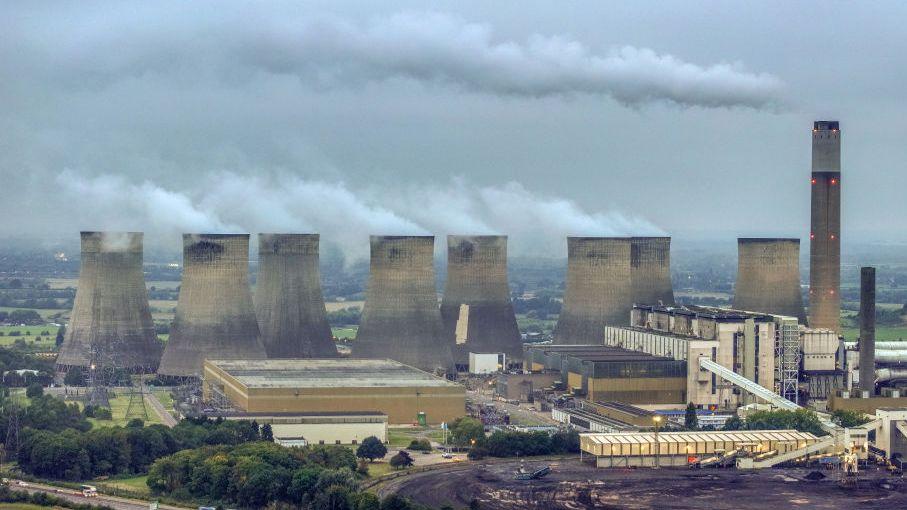
Just under 500 permits have been granted, which would drop the countries population under 2000 across the whole country. This is 40% under the population that existed in 2008. This number of licenses gives the game away, it is a give away to the trophy hunting industry, and is not about controlling the population.
While many bear hunters are pleased, there are a significant number who are concerned. Anders Nilsson a hunter in north Sweden said “There are those within the hunting community that are concerned about too many bears being killed off”. This is well above the annual replacement rate, and it is predicted that if this level was sustained into next year, the number of bears would fall below the minimum level of 1400, that is thought that is needed to retain a healthy population within the country.
Bears are a protected species in Europe, and as such “deliberate hunting or killing of strictly protect species is prohibited” with this only being lifted as a “last resort” to protect public safety, crops or natural flora and fauna.
It is feared that the bear is heading in the same direction as the moose, with a population having fallen 60% in the 21st century – having killed too many moose, the hunters are now blaming the bears for killing too many of what is left, and leaving too small a share for trophy hunters in the country. Culls of both wolves (there are currently roughly 450 wolves in the country, considered above carrying capacity, but only because they compete with humans, there is little supported science in working out carrying capacity at this level) and lynx have been increasing (lynx have a population of around 1450, though this is also heavily depressed on what would occur naturally – lynx also rarely target domestic livestock, though in Sweden this is more complex, as reindeer in northern Sweden are semi domestic, being allowed to roam free but owned).
This cull is well above what should be allowed, and is clearly not in line with European rules. It is also highly dangerous, as it risks Sweden’s bear watching industry. 9.2% of the economy comes from tourism, and many of these will spend time in rural areas, trying to see the bears. While it is hard to find numbers for how much money the bear culling brings in, it is certainly lower than the ecotourism potential of each living bear.
I have been lucky enough to see both bear and wolf in Sweden, from a bear hide. Well worth a visit, though, you may feel it worth waiting till the country starts culling fewer. Having said this, visiting to see the bears may instead show the government the value of leaving more bears alive. We have a bear hide on our books in the country click here to see more, or to book your visit, which is likely to be a memory that stays with you for a long time.







